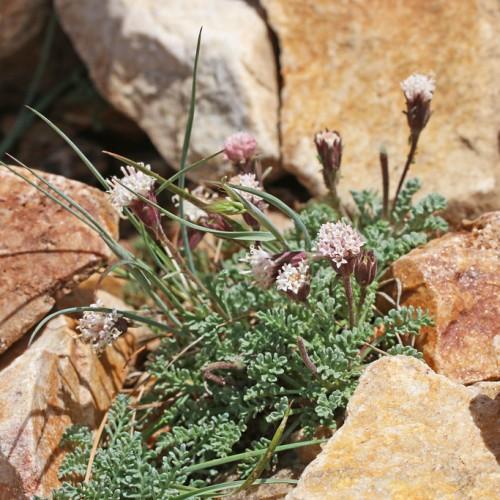
Hoary Pincushion
Chaenactis douglasii
Also Known As - Dustymaiden,Douglas' DustymaidenWatering:
Minimal
Hardiness Zone:
Sun:
full sun,part shade
Growth Rate:
Low
Drought Tolerant:
Yes
Salt Tolerant:
Yes
Care Level:
Moderate
watering
Southern Prickly Hornwort requires plenty of water to thrive, but should not be allowed to stand in water. Water your Southern Prickly Hornwort when the soil is dry to the touch. It's best to water deeply and regularly, rather than lightly and occasionally. Aim to water between 1-2 times a week, depending on the temperature and humidity of your environment. In hot weather, more frequent watering may be necessary.
sunlight
Southern Prickly Hornwort requires a minimum of 6-8 hours of bright, direct sunlight each day. Ideally, it should be placed in a spot that receives both morning and afternoon sunlight. It is best suited for a south-facing location, as this will ensure that it receives ample sunshine throughout the day. If possible, avoid placing it in an area that receives intense heat for long periods throughout the day, as this could damage the delicate leaves.
pruning
Southern Prickly Hornwort (Ceratophyllum muricatum subsp. australe) should be pruned twice a year; once in the late spring and then again in the early fall. To properly prune, start by removing any dead or dying foliage as well as any parts of the plant that have outgrown their desired shape. Pay attention to overgrown or congested areas of the plant and trim back branches and stems to thin these out and promote better air flow. Try to keep the shape of the plant the same after pruning so as not to damage its natural aesthetic. Pruning does not need to involve removing large chunks of foliage – it is generally enough to trim back 2 inches and to remove just the terminal part of branches and stems.
